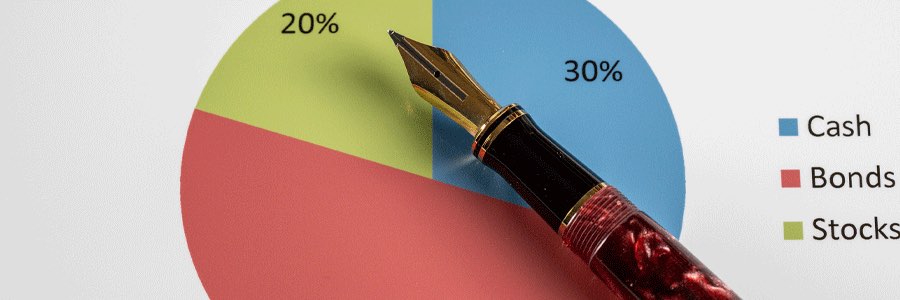Financial Focus for your 60s

Rethinking retirement
Once upon a time, the retirement age was commonly acknowledged to be 65. That is no longer true. The Social Security Administration, for example, has raised full retirement age to 67. Many savings programs are falling short of their projected returns, causing people to postpone retirement. A lot of us simply love our jobs and choose to continue working. And, in increasing numbers, we are ‘retiring’ from one career and beginning another. Unfortunately, we cannot control the future. We can only prepare for it. So even if you are expecting to work for many more years, this is the time to ensure you are financially ready for the rest of your life.

Prepare for life’s curveballs and home runs
A recent survey of retirees showed over 40% were forced to retire sooner than they planned, most commonly due to health issues or losing their jobs. Retiring even a few years earlier than expected can have tremendous financial impact. The US Bureau of Labor Statistics estimates that the average retiree age 65 and above spends nearly $50,000 a year. If you found yourself having to stop work even five years earlier than planned, you would need $250,000 extra savings to cover your expenses.
On the other hand, you may be looking forward to leaving the work-world and enjoying a life of leisure. Having that extra $250,000 in your nest egg could help you retire five years sooner. Or you may want the best of both worlds: a solid nest egg, plus the satisfaction (and extra income) of working into your 70s and 80s. Whatever your plan, strategic steps at this stage will set the stage for the next act in your life.

So how long do you need your money to last?
Yes, we’re talking about guesstimating your life expectancy. Not a happy thought but a realistic step in understanding your retirement needs. The Social Security Administration sets the average woman’s span around 87, and a man’s at 84. Their Life Expectancy Calculator can help you learn more specifics.

Evaluate those 401(k) investments
Hopefully you are maximizing contributions. It’s an easy way to make automatic investments. during these peak earning years. But you may want to fine-tune your strategy. Most financial experts recommend taking a more conservative approach to your allocations as you age, putting more into bonds, and less into stocks. The rationale is that at this point in your life, should stock prices begin to fall badly, you may not have as many years to wait for them to recover from a bear market. You might be forced to sell at a loss, and lose a lot of money. Yet stocks still offer potential growth, plus a hedge against inflation. Bonds do not. Your takeaway: make sure you remain diversified, making allocations in both, but in a proportion that best reflects your stage of life. You may want to consider a target-date fund, which rebalances allocations over time, leaning heavier to stocks when you a younger, and shifting to bonds as you age. Get more information from the US Securities and Exchange Commission.

Add an IRA
If your 401(k) is already at the max (good for you!), or your company doesn’t offer one, you can open an individual retirement account, which enables people 50 and older to contribute additional funds each year. With a traditional IRA, you are contributing pre-tax money, and having those funds grow tax-deferred. Taxes are paid on your contributions and gains only when you withdraw the money, which you can begin to do at age 59 ½. To withdraw before then you’ll be charged a penalty fee. You must start making withdrawals at age 70 ½, whether you want to or not, and you can no longer make contributions into your account. Another option is a Roth IRA, which taxes your contributions upfront. Your money grows tax-free, and after age 59 ½, your withdrawals are tax-free. Roth IRAs have no mandatory distributions, and you may contribute for as long as you wish. To determine which account is right for you, visit here.

Understand your pension
If your current or previous employer provided a pension plan, you should factor this income stream into your retirement plan. Chances are you are receiving benefit statements every few years. You can also ask your plan’s administrator to send you a copy. That’s also a good time to ask how your benefits are calculated. If your dollar amount is based on salary plus length of service, it may be financially beneficial to stay at your job a bit longer.

Hands off your retirement accounts
You can borrow funds to buy a home, to cover your child’s college education, or for that new car. But you cannot borrow for retirement. So don’t even think about making withdrawals from your 401(k), or IRA accounts. Find other ways to generate extra cash you may need, such as side jobs or selling stuff on eBay. And leave your retirement funds alone to continue growing for your future benefit.
